观星指南(2022年12月)
12月的天空会发生什么?你的夜晚行星的亮点,包括火星的消失和天马座。
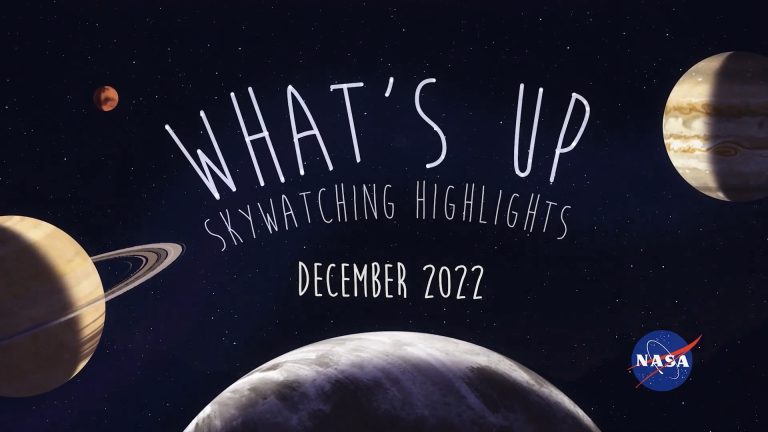
12月的天空会发生什么?你的夜晚行星的亮点,包括火星的消失和天马座。
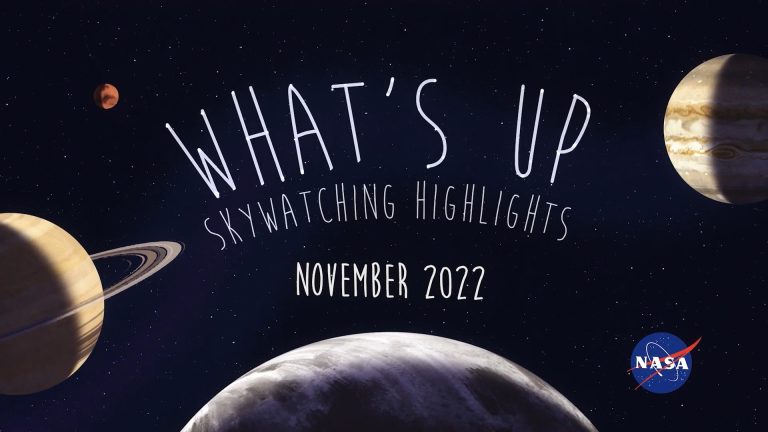
11月的天空会发生什么?月食,月球和行星,以及狮子座流星雨。

十月份的天空会发生什么?夜晚有巨行星,火星改变方向,来自猎户座的流星。

2022年9月11日 Planets of the Solar System: Tilts and Spins Video Credit: NASA, Animation: James O’Donoghue (JAXA) Explanation: How does your favorite planet spin? Does it spin rapidly around a nearly vertical axis, or horizontally, or backwards? The featured video animates NASA images of all eight planets in our Solar System to show them spinning side-by-side for an easy comparison. In the time-lapse video, a day on Earth — one Earth rotation — takes just a few seconds. Jupiter rotates the fastest, while Venus spins not only the slowest (can you see it?), but backwards. The inner rocky planets, across the top, most certainly underwent dramatic spin-altering collisions during the early days of the Solar System. The reasons why planets spin and tilt as they do…
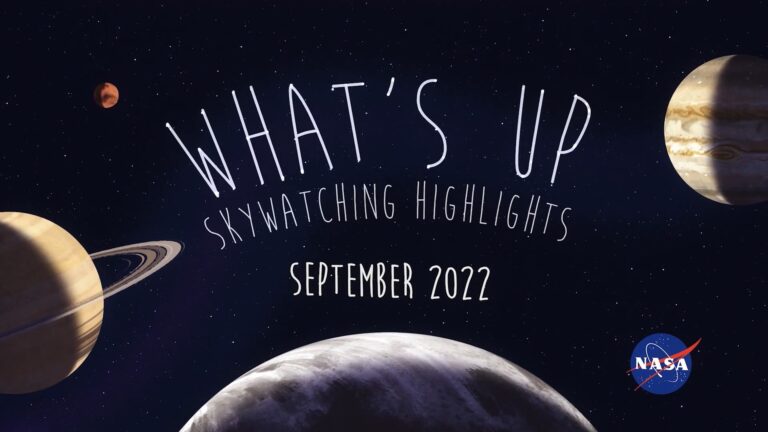
九月份的天空会发生什么?火星在移动,木星的最佳观测时间,以及一个在秋分点寻找方位的巧妙方法。
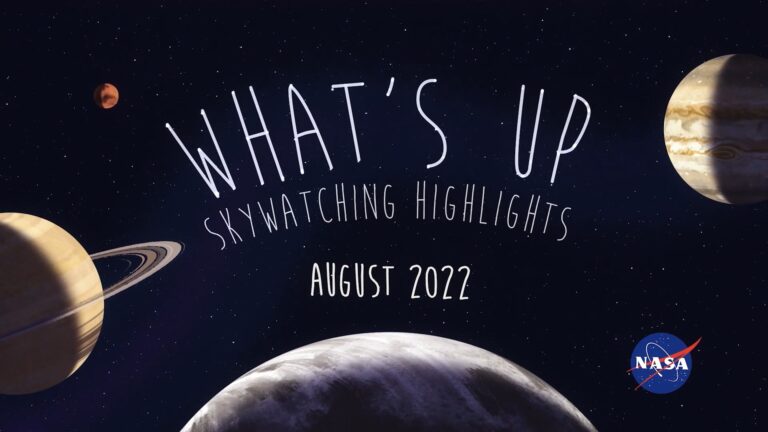
八月份的天空会发生什么?拿起你的双筒望远镜来观测行星,展望英仙座,以及和天鹅座一起翱翔。

2022年7月1日 The Solar System’s Planet Trails Image Credit & Copyright: Zheng Zhi Explanation: Stars trail through a clear morning sky in this postcard from a rotating planet. The timelapse image is constructed from consecutive exposures made over nearly three hours with a camera fixed to a tripod beside the Forbidden City in Beijing, China on June 24. Arcing above the eastern horizon after the series of exposures began, a waning crescent Moon left the brightest streak and watery reflection. On that date the planets of the Solar System were also lined up along the ecliptic and left their own trails before sunrise. Saturn was first to rise on that morning and the ringed planet’s trail starts close to the top right edge, almost out of…
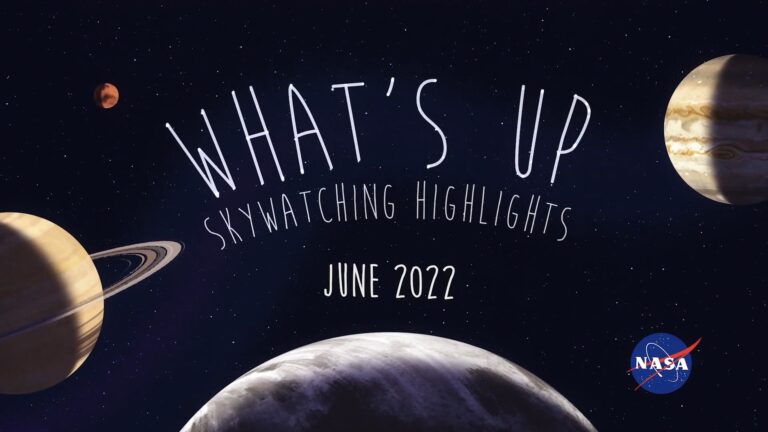
6月份的天空会发生什么?行星解体,知名星团和天琴座的最佳观测。
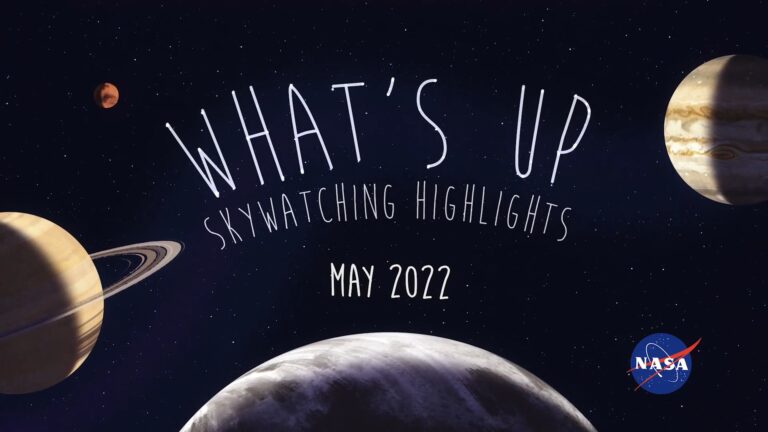
5月份的天空会发生什么?昏星和晨星,月食和后发星系团。
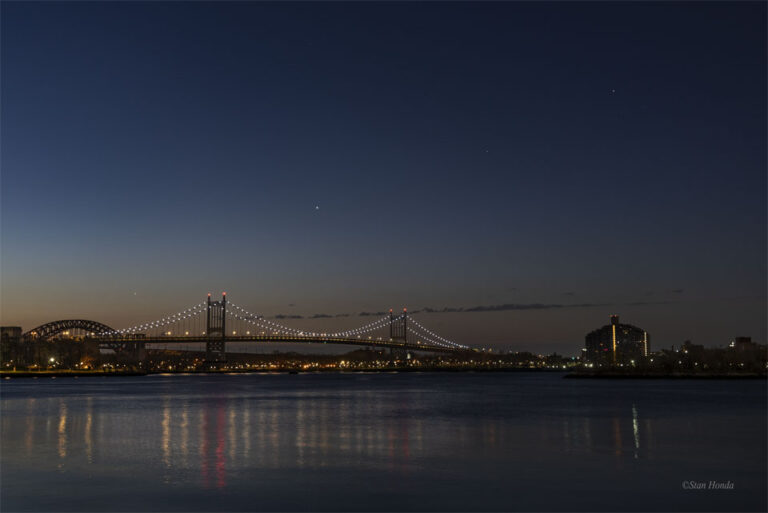
2022年4月20日 Planet Line over New York Bridge Image Credit & Copyright: Stan Honda Explanation: There’s an interesting sky to see if you wake up before the Sun. Lined up on toward the eastern horizon are four planets in a row. The planets are so bright they can even be seen from the bright sky inside a city. In fact, the featured image was taken from New York City, USA, with the foreground highlighted by the RFK (Triborough) Bridge. Pictured, the planets are, left to right, Jupiter, Venus, Mars, and Saturn. The planets all appear in a row because they all orbit the Sun in the same plane. This plane, called the ecliptic plane, was created in the early days of our Solar System and includes…